Charleston Currents #12.04 | Nov. 25, 2019
PHOTO SHOOT: Longtime birdwatcher Steve Moore of Johns Island saw something early Friday that he’d been waiting a long time to see: a cinnamon teal, a bird generally found in the west. At dawn, he snapped this photo at the Santee Coastal Reserve near McClellanville and added it to his life list of sightings. “I have always been interested in ducks, used to hunt them until I realized that I did not really like killing them, and I had never seen a cinnamon teal. So I was excited about seeing him.”
Moore said the reserve was a great place to see birds. “The Cape Trail, my favorite part, is closed from Nov. 1 until Feb. 9. But there are still other trails with impoundments and several woodland trails open. Go to SCDNR’s managed lands website and click on Santee Coastal Reserve. There is a map of the trails and information on closures. All Wildlife Management Areas also are sometimes closed for hunts so it is a good idea to look at the website before you plan a trip.”
 FOCUS: #GivingTuesday is just around the corner
FOCUS: #GivingTuesday is just around the corner
COMMENTARY: First Carolina Thanksgiving quite different from this year’s
GOOD NEWS: Two Lowcountry lawmakers working on getting “consent” defined
FEEDBACK: Be smarter about traffic
MYSTERY PHOTO: Interesting brick building
S.C. ENCYCLOPEDIA: Newberry, S.C.
CALENDAR: Homegrown Holiday Bazaar set for Dec. 7 on Johns Island
#GivingTuesday is just around the corner
Staff reports | After the frenetic shopping and pace of Black Friday and CyberMonday, you might want to set aside a little something to give back to others on GivingTuesday, which is marked around the world as a day for generosity.
 “GivingTuesday was created in 2012 as a simple idea: a day that encourages people to do good,” according to the organization’s website. “Over the past seven years, it has grown into a global movement that inspires hundreds of millions of people to give, collaborate, and celebrate generosity.
“GivingTuesday was created in 2012 as a simple idea: a day that encourages people to do good,” according to the organization’s website. “Over the past seven years, it has grown into a global movement that inspires hundreds of millions of people to give, collaborate, and celebrate generosity.
“Whether it’s making someone smile, helping a neighbor or stranger out, showing up for an issue or people we care about, or giving some of what we have to those who need our help, every act of generosity counts and everyone has something to give.”
In Charleston County, more than 200 organizations are taking part in the global giving effort.
Some examples:
The Lowcountry Food Bank is working to raise money to create holiday meals to help neighbors along the coast. It will support Giving Tuesday with a $50,000 matching gift challenge to create 600,000 meals in one day.
The Trident Literacy Association seeks to add 10 new volunteers to assist students with GED preparation and raise funds to support six students for a year during the campaign.
“Trident Literacy Association’s campaign to Create a New Chapter is a perfect fit for GivingTuesday because it celebrates the positive change students and the community experience when we invest in literacy and education.” said Trident Literacy Association board member Jen Gibson. “Investing in the education of people ready to begin a New Chapter in their lives benefits the entire community by creating a more prepared workforce and giving people the skills they need to navigate everyday life.”
YallTogetherSC, a group of “South Carolinians Doing Good,” is partnering across the state with breweries and coffee shops to host collaborative events for nonprofits on Dec. 3.
“GivingTuesday inspires people all around the world to embrace their power to drive progress around the causes they care about, not just on one day but throughout the year.” said Asha Curran, GivingTuesday’s CEO and co-founder in a statement. “With country and community leaders, millions of organizations, and countless givers of all kinds, GivingTuesday is creating a shared space where we can see the radical implications of a more generous world.”
- Your guide. To find these and other organizations that are participating from the Alliance for Full Acceptance and the Charleston Academy of Music to the American Red Cross and the YWCA of Greater Charleston, click here.
- Have a comment? Send to: editor@charlestoncurrents.com
First Carolina Thanksgiving quite different from this year’s
By Andy Brack, editor and publisher | The first Thanksgiving in South Carolina probably was in French. Or Spanish.
 More than 100 years before the English settled in Charleston in 1670, the French built a small wooden fort on what is now Parris Island. Known as Charlesfort in honor of the French king, it was abandoned after a couple of years.
More than 100 years before the English settled in Charleston in 1670, the French built a small wooden fort on what is now Parris Island. Known as Charlesfort in honor of the French king, it was abandoned after a couple of years.
Then in 1566, the Spanish established Santa Elena in the same area as the northernmost settlement of its province of La Florida. For much of its first 10 years, Santa Elena was the capital of La Florida.
Both footholds in what is now South Carolina shared two things: the lack of a steady supply of food and tough living conditions. But French and Spanish cultures, like those of other European nations who sent explorers to the New World, had religious traditions of giving thanks, as outlined by Charleston historian Nic Butler: “It was common for the ‘commander-in-chief’ to issue a proclamation, at least once a year, setting aside a specific ‘holyday’ or ‘holiday’ for quiet reflection. That is to say, a day for people to refrain from all work and to focus their thoughts and prayers on a specific topic. Such proclamations might occur at any point during the calendar year, and might occur more than once a year, depending on what was happening in the local community.”
What did they eat? Your guess is as good as mine, but they had access to wild game, including turkeys, as well as maize and marshes full of seafood. Maybe they had turkey and an early concoction of the state dish, shrimp and grits!
So while most students learn the Pilgrims celebrated the first Thanksgiving in Massachusetts in 1621, it’s more likely they merely followed a tradition of giving thanks that had been around for a long time.
Butler writes the earliest recorded observance of a public thanksgiving in the English colony of South Carolina was in October 1706 after a militia beat Spanish and French troops from St. Augustine in Florida. He wrote:
“The Rev. Francis LeJau, a missionary from England who arrived in Charleston on the 18th of October 1706, noted in a letter that ‘Upon my first Landing I saw the Inhabitants rejoycing: they had kept the day before holy for a thanksgiving to Almighty God for being safely delivered from an Invasion from the French and Spaniards.’”
As the colonies became a new nation in the late 1700s, Thanksgiving was celebrated off and on, depending on a presidential proclamation. In 1837, Northern abolitionist and editor Sarah Josepha Hale started a campaign for a national day of thanks every year.
In 1844, S.C. Gov. James Henry Hammond called for South Caroliians to worship as “becomes all Christian nations.” That irritated the state’s Jews, who were early settlers to the English colony more than 100 years earlier thanks to its religious freedom, enshrined in the U.S. Constitution by South Carolina framer Charles Pinckney. Charleston’s Jews protested Hammond’s holiday by reportedly keeping two synagogues in Charleston closed.
In the 1850s, many states, including South Carolina, adopted Hale’s recommendation and declared Nov. 25 to be an annual thanksgiving. In 1858, the Charleston Courier reported, “Our city presented a Sunday appearance. Business rested. The stones answered only to the wheels of light vehicles. The church-bells discoursed sweet music, and crowds flocked to the houses of worship.”
Then in 1863 during the Civil War, President Abraham Lincoln established the custom of the last Thursday of the month being proclaimed as a national holiday. In the years that followed, each president made a thanksgiving proclamation. It wasn’t until the fall of 1941 that President Franklin D. Roosevelt signed a law setting Thanksgiving as an annual national holiday in November.
This year as your family partakes in its Thanksgiving traditions, let’s try to set aside all of the squabbling in Washington and in local politics. Let’s stop for a moment to give thanks for blessings of family, friends, business, community and America. And then, if you’re inclined, turkey-out on a feast of good food, parades and football. Gobble, gobble.
Andy Brack’s latest book, “We Can Do Better, South Carolina,” is now available in paperback and for Kindle via Amazon. South Carolina,” is now available in paperback and for Kindle via Amazon.
- Have a comment? Send to: editor@charlestoncurrents.com
Charleston International Airport
 Today we shine a spotlight on Charleston International Airport, which provides a first impression of the Charleston metropolitan area to over 4 million passengers a year who visit for business and leisure activities. One of three public airports operated by the Charleston County Aviation Authority, Charleston International Airport is committed to providing an unparalleled passenger experience while continuing efforts to support economic development for the Lowcountry and State of South Carolina.
Today we shine a spotlight on Charleston International Airport, which provides a first impression of the Charleston metropolitan area to over 4 million passengers a year who visit for business and leisure activities. One of three public airports operated by the Charleston County Aviation Authority, Charleston International Airport is committed to providing an unparalleled passenger experience while continuing efforts to support economic development for the Lowcountry and State of South Carolina.
Eight airlines currently serve Charleston International Airport, which have jobs that create more than $200 million in income for workers in the region. Visiting passengers also spend about $450 million a year directly in area businesses, which sustains an estimated 6,000 jobs locally. The total economic impact of the Charleston International Airport is over $1 billion dollars to the Lowcountry and State of South Carolina.
- To learn more about Charleston International Airport, please visit iflyCHS.com.
- To meet all of our underwriters, click here.
Two Lowcountry lawmakers work to get “consent” defined
Staff reports | Two Charleston County lawmakers are among a bipartisan group working to get a clear definition in state law of what it means to say “yes” to a sexual act?
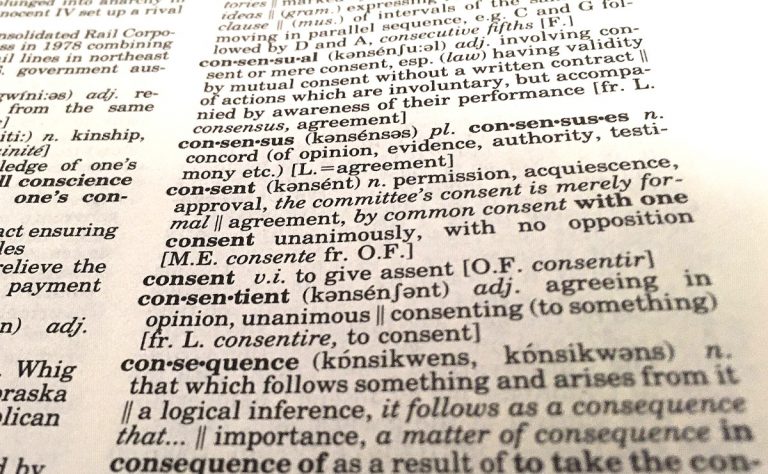 State Reps. Lin Bennett, a Republican, and Marvin Pendarvis, a Democrat, are co-sponsors of a House effort to establish a definition of consent in a bill sponsored by Lancaster Democratic Rep, Mandy Powers Norrell. Such a definition is in law in half of the nation’s states.
State Reps. Lin Bennett, a Republican, and Marvin Pendarvis, a Democrat, are co-sponsors of a House effort to establish a definition of consent in a bill sponsored by Lancaster Democratic Rep, Mandy Powers Norrell. Such a definition is in law in half of the nation’s states.
But first they have to clear a big hurdle: getting a hearing in the House Judiciary Committee.
“We have nothing right now in South Carolina that defines consent at all and everyone is walking around with their own definition,” Norrell said. “We have seen it litigated. We’ve seen people say, ‘I thought she wanted to have sex’ as a defense in rape cases … Every state should clearly define what it means to consent to sexual activity in that state.”
House Bill 3829 would define consent as “words or overt actions indicating freely given agreement to have sexual intercourse or sexual contact,” and that lack of consent can be determined through words or conduct. The bill also states that previous consent for sexual acts does not determine future consent.
Bennett said the bill was stuck in the House Judiciary Committee, chaired by Charleston Republican Peter McCoy, who didn’t return calls for comment.
“I don’t know what his plans are this year but I hope (consent is) on his list,” she said. “It’s a no brainer. It’s the right thing to do.”
Pendarvis agreed that more pressure is needed.
“Nothing moves in Columbia until we muster up the support,” he said. “The bills that have the most amount of noise behind them are the ones that move the quickest.”
- To read Statehouse Report correspondent Lindsay Street’s full story, click here.
Also in recent news:
![]() New sister city. Charleston City Council last week unanimously approved a Sister Cities partnership with Doha, Qatar.
New sister city. Charleston City Council last week unanimously approved a Sister Cities partnership with Doha, Qatar.
A good cause in a box. Blessing Boxes are popping up across South Carolina as a Palmetto State way to help feed the community. Read more from our sister publication Charleston City Paper about how these micro-warehouses seek to take on the big issue of food insecurity.
Lowcountry reps prefile bills. Take a look at these bills prefiled last week by Lowcountry state representatives:
Tax breaks. House Bill 4657 that would “enhance” federal opportunity zone tax breaks by offering breaks and more transparency at the state-level. Read more about S.C. Rep. Marvin Pendarvis’ plan here.
Detectors. HB.. 4665 by Rep. Wendell Gilliard, D-North Charleston, would require all public schools have a walk-through metal detector installed at all entrances by the 2020-2021 school year.
Bullets. H.B. 4706 by Rep. J.A. Moore, D-Goose Creek, would provide a penalty for each bullet fired from a gun when a person is fatally shot. Read more about what South Carolina residents say they want to do about shooting deaths.
- Have a comment? Send to: editor@charlestoncurrents.com
Be smarter about traffic
To the editor:
![]() The S.C. Department of Transportation (SCDOT) wants to widen Interstate 526 from four to six lanes for approximately 12 miles in Charleston and Berkeley counties, recognizing that congestion is regional and the correct response is more highway. Maybe.
The S.C. Department of Transportation (SCDOT) wants to widen Interstate 526 from four to six lanes for approximately 12 miles in Charleston and Berkeley counties, recognizing that congestion is regional and the correct response is more highway. Maybe.
Artificial development is making its way into the commercial, medical and educational spheres. Traffic management is clearly an area that involves dynamic conditions involving both complex and repetitive decisions to control traffic signals to get us through an intersection. Congestion detection and prediction is a math problem that we can do — and so can trained machines.
By taking the existing data that we are already sending from mapping software, pings of cell towers, highway cameras and police reports; we have most of the first approximation data we need to improve traffic throughput, meaning reducing travel time. Technology will even alert and texting us the optimal time to be ready to leave in the morning to get into our work place close to the appointed time.
Rather than invest an unknown amount to widen highways first, SCDOT needs to develop an understanding of how well this technology can reduce congestion, avoiding close to a decade of road-building gridlock, detours, safety slowdowns and avoiding investing what will be a king’s ransom in concrete, which will be under water before the roadway is declared unusable.
We can take a look at pricing the travel slots to spread out the clumping [of traffic] and pay for the service of reducing our travel experience, which can include funding mass transit adequately, further reducing prevailing the congestion.
There is one thing we have learned about widening roads: They fill up quickly, degrade back to their prior state, which proves that congestion is dynamic. Instead, we need to get dynamic in our responses to congestion by using our own intelligence and some artificial help. We can all benefit from smarter traffic.
— Fred Palm, Edisto Island, S.C.
Send us your thoughts … or your rants!
We’d love to get your impact in one or more ways:
Send us a letter: We love hearing from readers. Comments are limited to 250 words or less. Please include your name and contact information. Send your letters to: editor@charlestoncurrents.com. | Read our feedback policy.
Tell us what you love about the Lowcountry. Send a short comment – 100 words to 150 words – that describes something you really enjoy about the Lowcountry. It can be big or small. It can be a place, a thing or something you see. It might the bakery where you get a morning croissant or a business or government entity doing a good job. We’ll highlight your entry in a coming issue of Charleston Currents. We look forward to hearing from you.
Interesting brick building
Here’s an interesting brick building in Charleston County. What and where is it? Send your guess to: editor@charlestoncurrents.com. And don’t forget to include your name and the town in which you live.
Our previous Mystery Photo
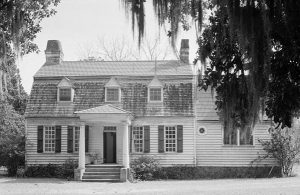 Our Nov. 18 mystery, “Not a house in a subdivision,” was of Oakland plantation house, which is about seven miles east of Mount Pleasant. Congratulations to three readers who correctly identified it: Stephen Yetman of Charleston; George Graf of Palmyra, Va.; and Allan Peel of San Antonio, Texas.
Our Nov. 18 mystery, “Not a house in a subdivision,” was of Oakland plantation house, which is about seven miles east of Mount Pleasant. Congratulations to three readers who correctly identified it: Stephen Yetman of Charleston; George Graf of Palmyra, Va.; and Allan Peel of San Antonio, Texas.
Graf provided additional context via popflock.com: “John Perrie, who came from Ireland, acquired 982 acres in Christ Church Parish. He named the plantation after Youghal in County Cork (my note that Sir Walter Raleigh’s home ‘Myrtle Grove’ is in Youghal Ireland). At his death in 1713, the plantation passed on to his daughter. Her husband conveyed the property to Captain George Benison in 1740. It is believed that he built the house. In 1755, Charles Barksdale acquired the plantation. This family controlled the property for the next century.
“In the 1850s, Mary Barksdale and her husband, James McBeth were the owners. He probably changed the name to Oakland. In 1859, Philip E. Porcher bought the property. His descendants have owned it since. Recently a portion of the land has been converted to commercial development. Also about 133 acres (54 ha) of natural habitat has been set aside under a conservation easement.”
Peel provided more information: “The building was built in 1750 and is believed by some to be the oldest building in Mount Pleasant. It was listed on the National Register of Historic Places on July 13, 1977.
“The plantation itself dates from 1696 when 1300 acres were granted to Captain George Dearsly, who sold it to Thomas Hamlin that same year to become the Hamlin Plantation. In 1704, John Perrie of Ireland acquired much of the land and named it the Youghal Plantation, after Perrie’s birthplace town in Cork County, Ireland. As the governor of the island of Antigua, Perrie never actually lived in South Carolina.
“After Perrie’s death in 1713, the property changed hands several times more until it was purchased in 1740 by Captain George Benison who, in 1755 sold it to Charles Barksdale. Barksdale’s descendants lived at Oakland for more than a century until it was purchased by Philip E. Porcher, an ancestor of the Gregorie family, in the mid-1800s. Porcher renamed the property Oakland Plantation, most likely due to the presence of the large oak trees lining the avenue leading up to the house from Porchers Bluff Road.”
Send us a mystery: If you have a photo that you believe will stump readers, send it along (but make sure to tell us what it is because it may stump us too!) Send it along to editor@charlestoncurrents.com.
Newberry, S.C.
S.C. Encyclopedia | Newberry (population: 10,337, in 2018) is the county seat of Newberry County. In 1785 the General Assembly created the county from the Ninety Six Judicial District. In 1789 the county accepted John Coate’s donation of two acres as a courthouse site. The first brick courthouse was built between 1799 and 1801 and torn down in 1850. Jacob Graves designed a replacement courthouse that was first used in 1853. After the Civil War, Osborne Wells repaired the old courthouse and added a symbolic frieze to the entablature of the front gable. The design shows an uprooted palmetto tree (the government of the state of South Carolina) clasped in the beak of an eagle (the United States of America).
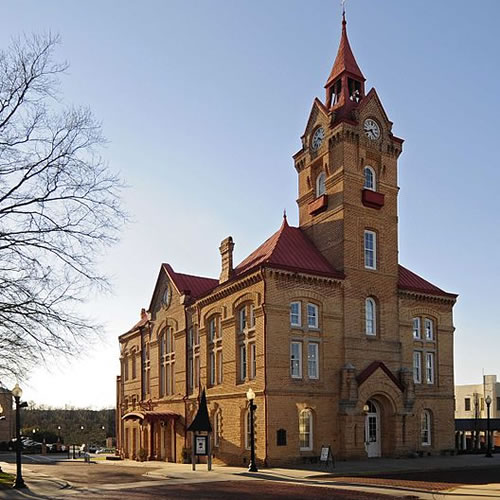 Although the most important district town, Newberry remained quite small through most of the antebellum era. In 1826 Robert Mills counted between twenty and thirty dwellings and stores that carried on “considerable business” during court sessions. By 1840 the population stood at just three hundred, and Columbia was the principal market for most district planters. The 1850s, however, marked the start of considerable growth. The influential Bank of the State of South Carolina established an agency in Newberry in 1851, and the Bank of Newberry was chartered the following year. Town merchants invested in the Greenville and Columbia Railroad, which was completed in 1853 and whose line ran through Newberry. Newberry College was chartered in 1856 and opened in 1859. Between 1850 and 1870 the population almost quadrupled, from 509 to 1,891.
Although the most important district town, Newberry remained quite small through most of the antebellum era. In 1826 Robert Mills counted between twenty and thirty dwellings and stores that carried on “considerable business” during court sessions. By 1840 the population stood at just three hundred, and Columbia was the principal market for most district planters. The 1850s, however, marked the start of considerable growth. The influential Bank of the State of South Carolina established an agency in Newberry in 1851, and the Bank of Newberry was chartered the following year. Town merchants invested in the Greenville and Columbia Railroad, which was completed in 1853 and whose line ran through Newberry. Newberry College was chartered in 1856 and opened in 1859. Between 1850 and 1870 the population almost quadrupled, from 509 to 1,891.
Newberry’s prosperity continued throughout the nineteenth century and into the twentieth. In 1873 the Newberry Herald claimed that the town was the second largest cotton market in South Carolina, shipping some 24,000 bales annually. That same year the General Assembly approved the incorporation of the Newberry Cotton Mill, which commenced operations in 1884. Two railroads received charters as well, the Newberry and Chester (1873) and the Newberry and Augusta (1874). An opera house opened in 1882, a symbol of the town’s prosperity. In 1910 Newberry boasted, among other commercial establishments, two hotels, seven furniture stores, five hardware stores, and four banks. Two new cotton mills, the Mollohon Mill and Oakland Mill, commenced operations respectively in 1902 and 1912.
The 1920s and 1930s brought hard times to Newberry. The arrival of the boll weevil decimated area cotton farms, and town merchants suffered accordingly. Two banks failed, and a third was forced to merge. Workers in Newberry’s cotton mills, protesting against the hated “stretch-out,” carried out bitter strikes in 1934 and 1936 that divided residents for years.
Following World War II, there was a return to prosperity. Newberry’s first radio station, WKDK, went on the air in 1946. New, locally owned businesses included orchid growers Carter and Holmes and Senn Trucking Company. The opening of Interstate 26 and new industries swelled Newberry’s population by 12.7 percent between 1960 and 1970. The 1980s brought two natural disasters: a killer tornado on March 28, 1984, and a flood on August 18, 1986.
The renovation of the Newberry Opera House as a performing arts center, completed in 1999, sparked a renaissance of downtown Newberry. Newberry celebrates its past with its historic districts; its diversified economy and revived cultural base suggest a bright future.
— Excerpted from an entry by Alexia Jones Helsley. This entry may not have been updated since 2006. To read more about this or 2,000 other entries about South Carolina, check out The South Carolina Encyclopedia, published in 2006 by USC Press. (Information used by permission.)
Homegrown Holiday Bazaar set for Dec. 7 on Johns Island
Staff reports | You’ll find fun gifts and great food at the sixth annual Homegrown Holiday Bazaar from 10 am. To 4 p.m. Dec. 7 at Mullet Hall, 2662 Mullet Hall Road, Johns Island.
More than 100 vendors and farmers will be on location as well as holiday hayrides, an antique tractor show, and train rides and horse rides for kids. And be sure not to miss Santa and Mrs. Claus in the event’s Santa Land.
As your shopping, you can enjoy music from 10 am. To 1 p.m. by local DJ Reggie Diamond. He’ll be followed by White Jeep. Other activities include games, crafts, cookie-decorating, ornament-making and bounce houses. There’s also a silent auction supporting hosts.
- Admission and parking are free. Learn more here.
Also on the calendar:
![]() Holiday Festival of Lights: Opens 5:30 p.m., through Dec. 31, 2019, James Island County Park. Now in its 30th year, the Holiday Festival of Lights is open every evening, rain or shine, with closing set for 10 p.m., except Fridays and Saturdays, which close at 11 p.m. The show returns to make merry magical memories with its vibrant light show is one of Charleston’s most cherished holiday events, featuring an estimated two million dazzling lights. More.
Holiday Festival of Lights: Opens 5:30 p.m., through Dec. 31, 2019, James Island County Park. Now in its 30th year, the Holiday Festival of Lights is open every evening, rain or shine, with closing set for 10 p.m., except Fridays and Saturdays, which close at 11 p.m. The show returns to make merry magical memories with its vibrant light show is one of Charleston’s most cherished holiday events, featuring an estimated two million dazzling lights. More.
Lights of Magnolia: 5:30 p.m. to 9:30 p.m., through March 15, 2020, Magnolia Plantation and Gardens, West Ashley. Enjoy nine acres of Chinese lanterns, dragons and more at the venerable garden’s new evening attraction. The lantern festival includes custom-designed installations of large-scale thematically unified lanterns, a fusion of historic Chinese cultural symbols and images that represent the flora and fauna of Magnolia. Learn more online. Tickets are $11-$26. On-site parking is limited, but shuttles are available. For more information and frequently asked questions, click here.
Coming to the Gaillard. Check out these awesome coming events at the Charleston Gaillard Center, 95 Calhoun St., Charleston:
CofC Orchestra: 7:30 p.m., Nov. 25. The College of Charleston Orchestra will perform a fall concert conducted by Yuriy Bekker. The program will include Pyotr Ilyich Tchaikovsky’s final scene from “Eugene Onegin)”, J.S. Bach’s Concerto for Two Violins, Astor Piazzolla’s Invierno Porteño and Primavera Porteña from “Four Seasons of Buenos Aires,” Modest Mussorgsky’s “Night on the Bald Mountain,” and Nikolai Rimsky-Korsakov’s “Capriccio Espagnole.” Free, with a suggested donation of $20. More.
Mannheim Steamroller Christmas: 7:30 p.m., Nov. 26. You can celebrate 35 years of holiday magic as the groups bring its annual holiday tour to fans throughout the country. Experience the performance of the #1 Christmas music artist in history and for the first time ever, hear the entire album that started it all, LIVE!” Tickets are $49.50 to $89.50.
Holy City Vintage Market: 9 a.m. to 3 p.m., Dec. 1, Park Cafe, upper Rutledge St., Charleston. The Holy City Vintage Market is back. You can get festive with hot Charleston Fogs and delicious brunch, tarot card readings, vintage vinyl, vintage winter coats, sweaters, holiday party wear and lots of holiday spirit. Featured vendors include Runaround Sue Vintage, Grease Kelly Vintage, fk vintage, Tinted Saga, Third Eye Vintage, Second Line Vintage, Threads Todisco, Reflections African Jewelry, Ancien. Vintage, Frenchie Vintage, Malted Mutts, Haus of Hygiene, and Graveface Records.
Jazz Jam: 4 p.m. to 8 p.m., Dec. 1, Forte Jazz Lounge, 475 King St., Charleston. Jazz pianist and bandleader Joe Clark will lead the Charleston Jazz Club’s rhythm section in the 10th annual Charleston Jazz Jam. Special guests will include Oscar Rivers Jr., George Kenny, Duda Lucena, Steve Simon, Chris Williams, Wayne Mitchum, Leroy Smalls and Jon Thornton. Tickets are $10.
Madrigal feasts: 7 p.m. Dec. 4, at Circular Congregational Church, 150 Meeting St., and Dec. 5 and 6 at Alumni Hall, Randolph Hall, College of Charleston. The award-winning College of Charleston Madrigal Singers, conducted by Dr. Robert Taylor, will perform sacred and secular traditional holiday season carols in dinner theatre format featuring a madrigal feast and Renaissance entertainment Tickets range from $50 to $70, sold in advance until two days prior to each performance. Learn more or reserve.
That HOLIDAY Book Sale: Opens at 9 a.m., Dec. 6 and 7, Mount Pleasant Regional Library, 1133 Mathis Ferry Road. Looking for some extra stocking stuffers this Christmas? Come shop at the Charleston Friends of the Library Holiday Book Sale which will feature more than 15,000 books, CDs, and DVDs at low prices starting at $1.
Holiday market: 11 a.m. to 4 p.m., Dec. 7, Market Pavillion, Moultrie Middle School, 645 Coleman Blvd., Mount Pleasant. Enjoy a special Dec. 7 holiday market and craft show to get that special gift. Free parking. Lots of activities. More info.
Wine Under the Oaks: 1 p.m., Dec. 8, Boone Hall Plantation, 1235 Long Point Road, Mount Pleasant, SC 29464. Internationally-known saxophonist David Sanborn will headline this wine-and-food lovers’ dream. Admission ($75 with a pre-event discount) includes wine samples, gourmet food and holiday fun. More.
Early morning bird walks at Caw Caw: 8:30 a.m. every Wednesday and Saturday, Caw Caw Interpretive Center, Ravenel. You can learn about habitats and birds, butterflies and other organisms in this two-hour session. Registration is not required, but participants are to be 15 and up. $10 per person or free to Gold Pass holders. More: http://www.CharlestonCountyParks.com.
AREA MARKETS
Holiday markets are springing up all over. Click here to read where you can find 20 area holiday markets so you can buy local and be local. More: Charleston City Paper. In other regular markets:
- FRIDAYS/SATURDAYS: Night Market. Every Friday and Saturday from 6:30 p.m. to 10:30 p.m. for the rest of the year, you can shop with 108 vendors, including artists and craftsmen, at the night market on Market Street between East Bay and Church streets. It’s more than four blocks of local shopping and fun. Free.
- SATURDAYS: Johns Island Farmers Market operates each Saturday from 9:30 a.m. to 1:30 p.m. year-round with more than 50 local farmers and vendors, food trucks, music and more. The market is located on the campus of Charleston Collegiate School, 2024 Academy Road, Johns Island
- SATURDAYS: The Charleston Farmers Market is open 8 a.m. to 2 p.m. in Marion Square each Saturday through Nov. 30. More info.
MARKET NOTES: To help you keep up:
- The Mount Pleasant Farmers Market weekly market on Tuesdays finished in September. The next opportunity to shop is a special Dec. 7 holiday market and craft show at the market pavillion at Moultrie Middle School, 645 Coleman Blvd., Mount Pleasant. Time: 11 a.m to 4 p.m. Free parking. Lots of activities. More info.
- The West Ashley Farmers Market, typically held every Wednesday, had its last regular event of the year in October. More.
- If you have an event to list on our calendar, please send it to feedback@charlestoncurrents.com for consideration. The calendar is updated weekly on Mondays.
 If you like what you’ve been reading, how about considering a contribution so that we can continue to provide you with good news about Charleston and the Lowcountry. Interested? Just click the image below.
If you like what you’ve been reading, how about considering a contribution so that we can continue to provide you with good news about Charleston and the Lowcountry. Interested? Just click the image below.
OUR UNDERWRITERS
Charleston Currents is an underwriter-supported weekly online journal of good news about the Charleston area and Lowcountry of South Carolina.
- Meet our underwriters
- To learn more about how your organization or business can benefit, click here to contact us. Or give us a holler on the phone at: 843.670.3996.
OUR TEAM
Charleston Currents offers insightful community comment and good news on events each week. It cuts through the information clutter to offer the best of what’s happening locally.
- Mailing address: 1316 Rutledge Avenue | Charleston, SC 29403
- Phone: 843.670.3996
Charleston Currents is provided to you weekly by:
- Editor and publisher: Andy Brack, 843.670.3996
- Contributing editor, common good, Fred Palm
- Contributing editor, money: Kyra Morris
- Contributing editor, Palmetto Poem: Marjory Wentworth
- Contributing editor, real estate: Digit Matheny
- Contributing photographer: Rob Byko
SUBSCRIBE FOR FREE
Subscriptions to Charleston Currents are free.
- Click here to subscribe.
- Unsubscribe. We don’t want to lose you as a reader of Charleston Currents, but if you must unsubscribe, you will have to do it through the email edition you receive. Just go to the bottom of any of your weekly newsletters and click the “unsubscribe” function. If that doesn’t work, please send us an email with the word “unsubscribe” in the subject line.
- © 2008-2019, City Paper Publishing, LLC. All rights reserved. Charleston Currents is published every Monday by City Paper Publishing LLC, 1316 Rutledge Ave., Charleston, SC 29403.




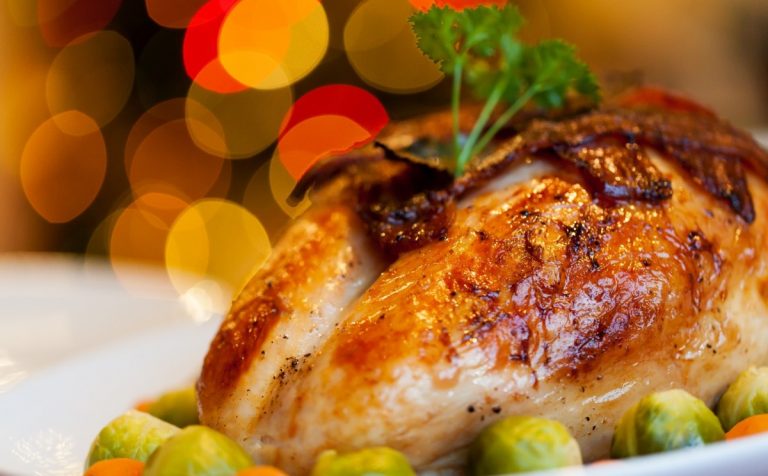
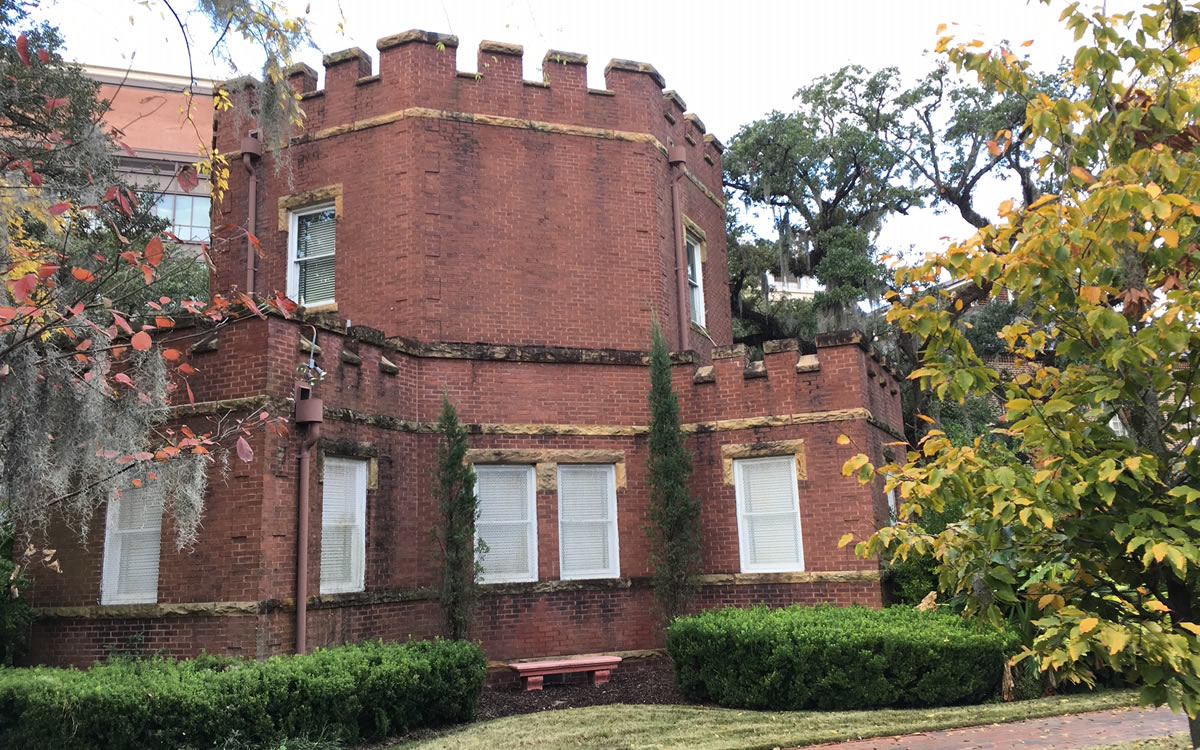
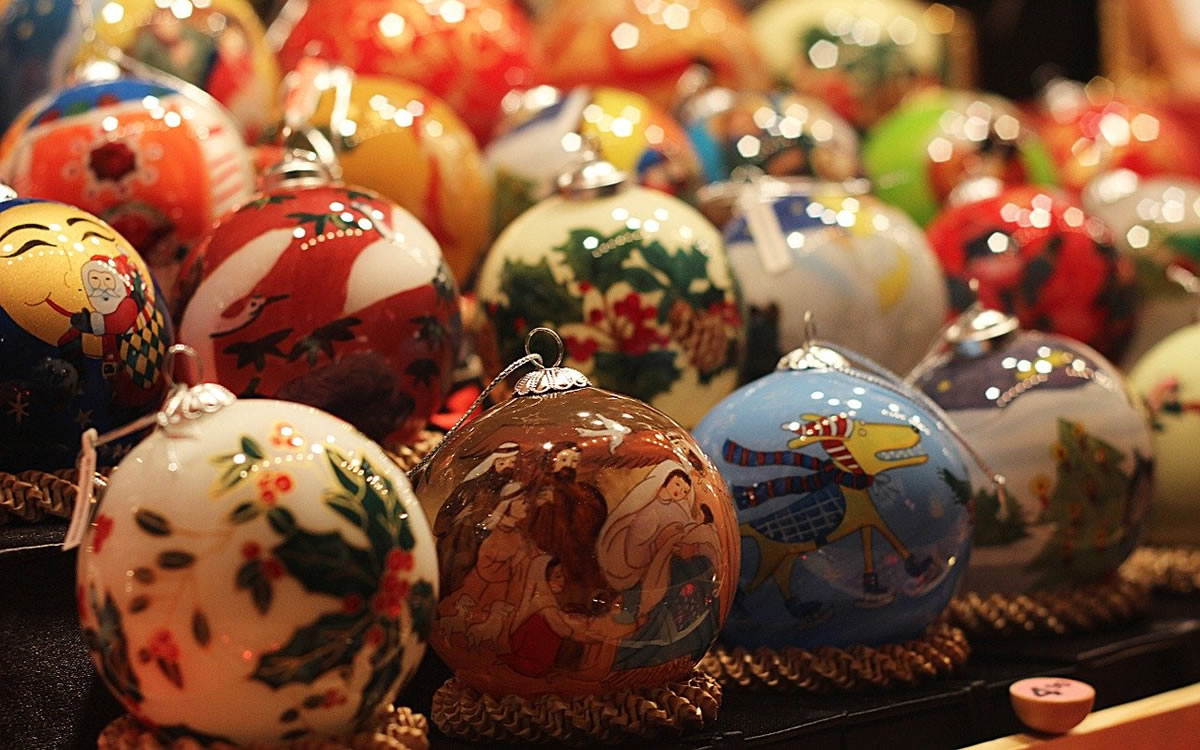

 We Can Do Better, South Carolina!
We Can Do Better, South Carolina!























